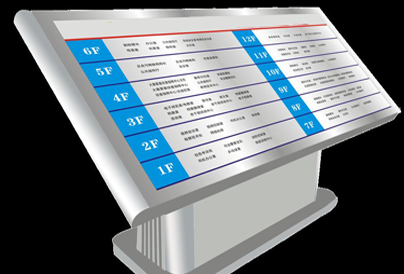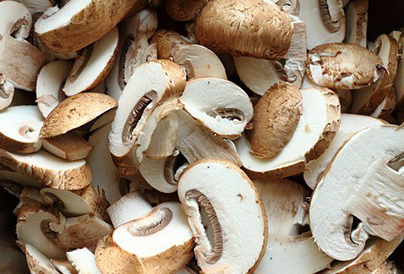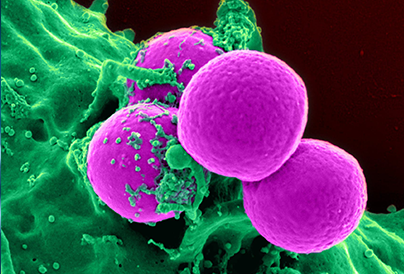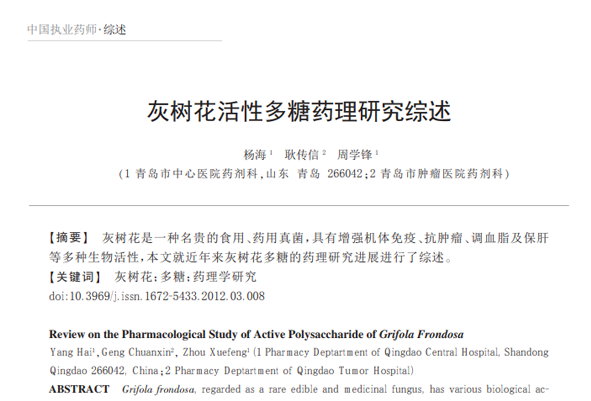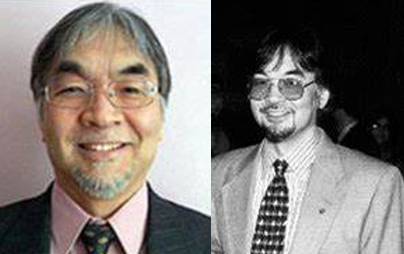Shengbai needle, recombinant human granulocyte colony stimulating factor (G-CSF), is used to promote the maturation, differentiation and proliferation of immature neutrophils in the bone marrow as soon as possible and spread them into the peripheral blood, so as to increase the number of white blood cells, recover the physical strength of tumor patients and start the next course of treatment. This chapter mainly explains some adverse reactions caused by injection of Shengbai needle. The common ones are as follows:
1、 Bone pain
G-CSF related bone pain is one of the common side effects, and the exact mechanism of bone pain is still unknown.
At present, it is believed that an important reason is related to the increase of histamine caused by the immune response in G-CSF treatment, because the release of histamine can cause edema and pain in the bone marrow. Of course, the above is only one of them, and there are other possible complex factors, which will not be detailed here.
Most of the literatures think that the incidence of bone pain caused by short-acting and long-acting Shengbai needles is about 24-31% of the patients, but some literatures think that it can be as high as 66%. All these indicate that bone pain is a very common phenomenon after receiving G-CSF treatment. Among them, severe grade 3-4 bone pain is quite rare, less than 8% of all bone pain. Some data also show that patients under 65 years old and those who have received chemotherapy with Taxol drugs are more prone to bone pain.
At present, there is no special recommendation for the selection of analgesic drugs for bone pain. Generally, non opioids (such as ibuprofen), weak opioids (such as tramadol) and strong opioids (such as morphine, mesicondine and Oxycontin) are given according to the NRS score of cancer pain (in short, the severity of the patient's own feelings). But the effect is not very good.
In addition to taking painkillers, what other methods can help treat bone pain?
At present, the recommended antihistamines are famotidine (gaoshuda) and loratadine (kairitan). These two drugs are very simple and safe, and are indeed effective for bone pain caused by Shengbai needle. Of course, they are completely ineffective for pain such as bone metastasis. Why does it work? I still remember that in the first question, the important mechanism that causes bone pain is the release of histamine, and antihistamine drugs work against this mechanism, so they are effective.
One clinical case is as follows: a 67 year old ovarian cancer patient had granulocytopenia after chemotherapy with paclitaxel and carboplatin, and needed to use a long-acting white lifting needle. As a result, he had extremely severe pain, mainly from the leg to the foot. The NRS was 10 points and lasted for nearly 10 days. The effect of oral Oxycontin was poor. Finally, the pain was significantly alleviated by oral loratadine.
2、 White blood cell count rises and falls
After the injection, the white blood cells increased in a double peak pattern. The first time is 2-3 days after the treatment, 5-6 days after the treatment, it decreases, and then rises again. It reaches the peak at 8-9 days. Only when the second peak appears can it really play the role of bone marrow hematopoiesis.
The first peak is the result of promoting the release of mature white blood cells in the body.
The second peak is caused by the stimulation of bone marrow by the white needle to generate new white blood cells and release them into the peripheral blood. The use time of the white lifting needle is generally not less than 3 days. If the time is too short, it can only cause the first peak, and the white blood cells are easy to decrease after the drug is stopped. It is also necessary to closely monitor the blood routine during the process of the white lifting needle.
3、 Sweet syndrome
Another complication of Shengbai needle is sweet syndrome, also known as neutrophilic dermatitis. Its main manifestation is that during the application of G-CSF and rapid recovery of white blood cells, the patient has high fever and rash. The diagnosis depends on skin biopsy. The treatment of Sweet syndrome is mainly to give corticosteroids.
4、 Second, tumor risk
After the application of G-CSF, the white blood cells rise so high, will the patient develop leukemia or similar diseases (such as MDS, that is, myelodysplastic syndrome)? This worry is not groundless. G-CSF can stimulate the proliferation of hematopoietic cells in the bone marrow. It is inevitable that there will be runaway horses in the proliferating hematopoietic cells that are no longer subject to normal regulation. However, this worry seems superfluous. In allogeneic hematopoietic stem cell transplantation, G-CSF is often used to mobilize the peripheral blood stem cells of the donor. The dosage of the drug is generally 10ug / kg, which is used for 5 days. During this process, the leukocyte of the donor rises to 20-30 × 109 / L is very common, but no increase in the incidence rate of leukemia was found in the follow-up and observation of these donors.
For patients receiving G-CSF after chemotherapy, the problem becomes complicated. Chemotherapy drugs themselves can lead to treatment-related leukemia, while the dose of chemotherapy drugs is often higher in patients receiving G-CSF. Theoretically, these patients have a higher risk of developing a second tumor, so G-CSF is increasingly unable to prove its innocence.
However, even if the risk of leukemia in these patients is slightly increased (some literature reports are 1.8% vs. 0.7%), the total mortality rate of chemotherapy patients is significantly reduced with the support of G-CSF. The advantages of using G-CSF far outweigh the disadvantages, and the application of G-CSF cannot be abandoned because of choking.
5、 Rupture of spleen
Among the side effects of Shengbai injection, there are also cases of spleen rupture. The exact mechanism is still unclear. Although this condition is rare, in view of its potential life risk, it is necessary to pay attention to whether there is left upper abdominal pain, nausea and vomiting, whether there is progressive anemia and low whole blood count.
In general, for patients with bone marrow suppression after chemotherapy, the immunity is low, the whole body is open to various potential dangers, and the advantages outweigh the disadvantages when necessary. What's more, the adverse reactions of most patients after the use of Shengbai needle are actually relatively mild, and generally disappear within 2-3 days. No special treatment is required. If it is serious, it can be adjusted in time.
How to choose short-term or long-term whitening needle?
Short effect: the action time is short, and it can be used 24-48 hours after chemotherapy. It needs to be injected every day. Blood should be drawn every 2-3 days to check the white blood cells. If it is still low, continue to inject until it rises to normal or near normal. The price is about 100-300 yuan.
Long effect: it is used within 48 hours after the end of chemotherapy, only once, and the action time can last for 2 weeks. There is no need for frequent blood sampling and blood routine test. The price is about 1700-5000 yuan.
Attachment: common whitening drugs and precautions for whitening needles

Source:
https://www.medsci.cn/article/show_article.do?id=458ae35818af


